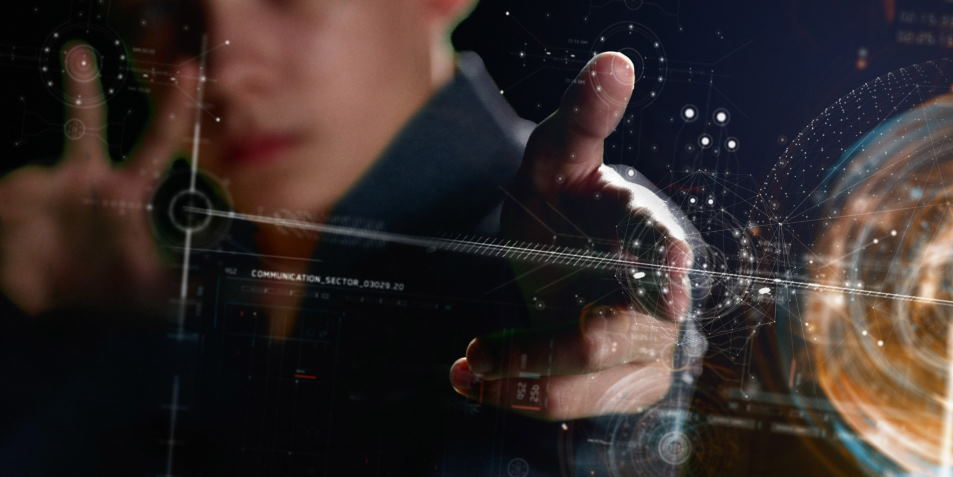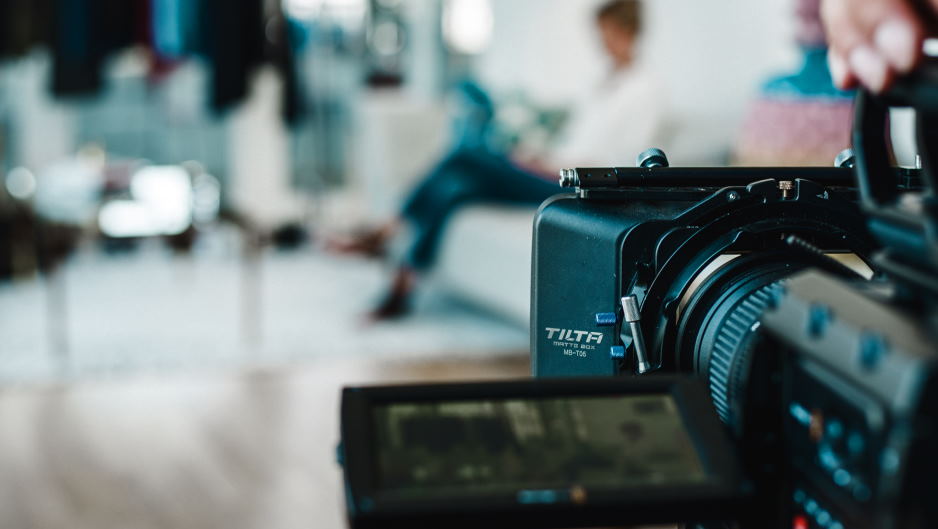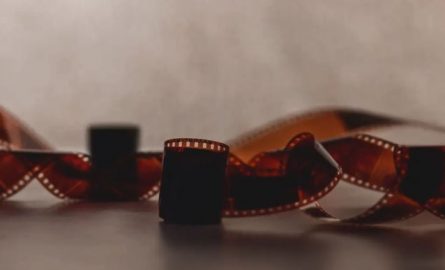In the film and television industry, directors use motion graphics to tell their story and engage their audience. Whether it’s an opening title sequence, animated graphic overlays, or lower third text displays, motion graphics are a powerful tool for visually conveying information. In this blog post, we’ll explore how directors use motion graphics in their work. Stay tuned to learn more!
How motion graphics are revolutionizing the film industry
Motion graphics are one of the most trendy forms of filmmaking today. By definition, motion graphics are “graphics that create the illusion of motion or rotation.” In practice, this means anything from a simple title sequence to a more complex animation. Motion graphics have become increasingly popular in recent years thanks to advances in technology.
One of the key benefits of using motion graphics is that they can add a sense of visual interest to a film. They can also be used to help tell a story or convey a message in a more engaging way. Additionally, motion graphics can be used to add excitement or break up the monotony of traditional live-action filmmaking.

Despite the many advantages of using motion graphics, there are a few things to keep in mind before diving into this type of filmmaking. First and foremost, motion graphics can be very time-consuming and expensive to produce. Additionally, it’s important to ensure that the motion graphics you create are appropriate for the film you’re working on. Otherwise, they can end up being more distracting than helpful.
If you’re considering using motion graphics in your next film project, keep these tips in mind to ensure that your experience is positive and productive.
Unlock the power of motion graphics: tips and tricks for bringing your movies to life
Whether a beginner or a seasoned pro, you can use motion graphics to add an extra layer of excitement and engagement to your films. This article will share tips and tricks for creating motion graphics to make your movies come alive.
- Use animation to tell a story
Animation is a great way to add visual interest and capture your audience’s attention. When used correctly, it can help you communicate a message or tell a story in a more engaging way.
- Get creative with transitions
Transitions are key in any film, but they’re especially important in motion graphics-heavy films. A well-placed transition can add energy and excitement to your film, while a poorly executed one can be jarring and distracting.

- Use sound to enhance your motion graphics
A sound is a powerful tool that can help you bring your motion graphics to life. When used judiciously, it can add impact and emotion to your visuals.
- Keep it simple
When it comes to motion graphics, less is often more. Overloading your film with too much motion can be overwhelming and confusing for your audience. Instead, focus on a few key elements and keep the rest of your film relatively static.
- Experiment with different styles
There are no hard and fast rules when creating motion graphics. So don’t be afraid to experiment with different styles and techniques until you find something that works for you.
With these tips in mind, you’re ready to start creating motion graphics that will take your films to the next level. So get out there and start experimenting!




